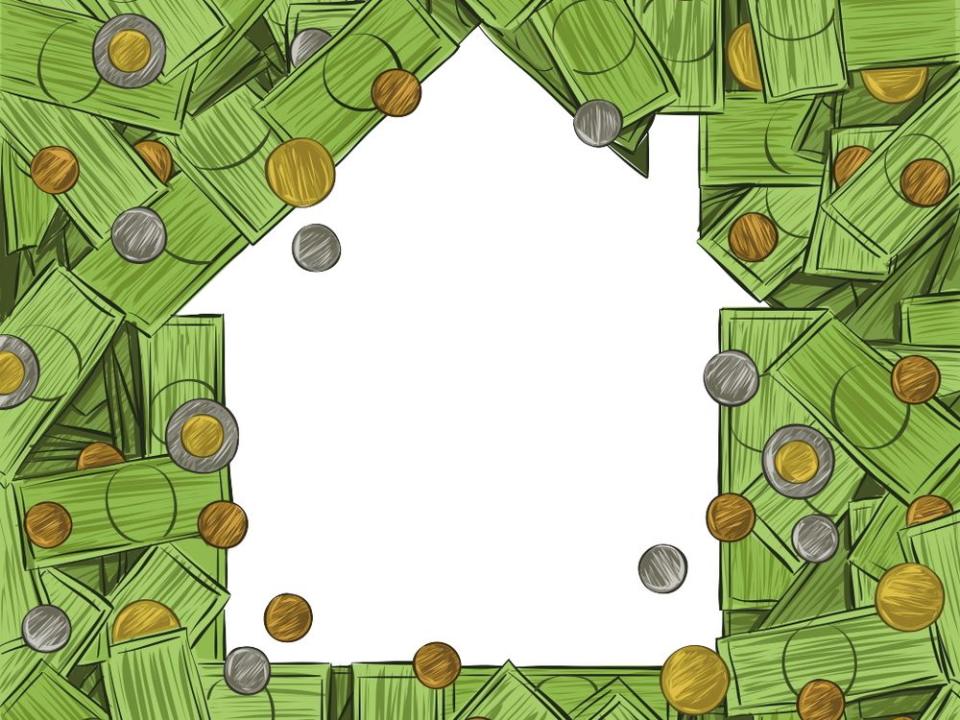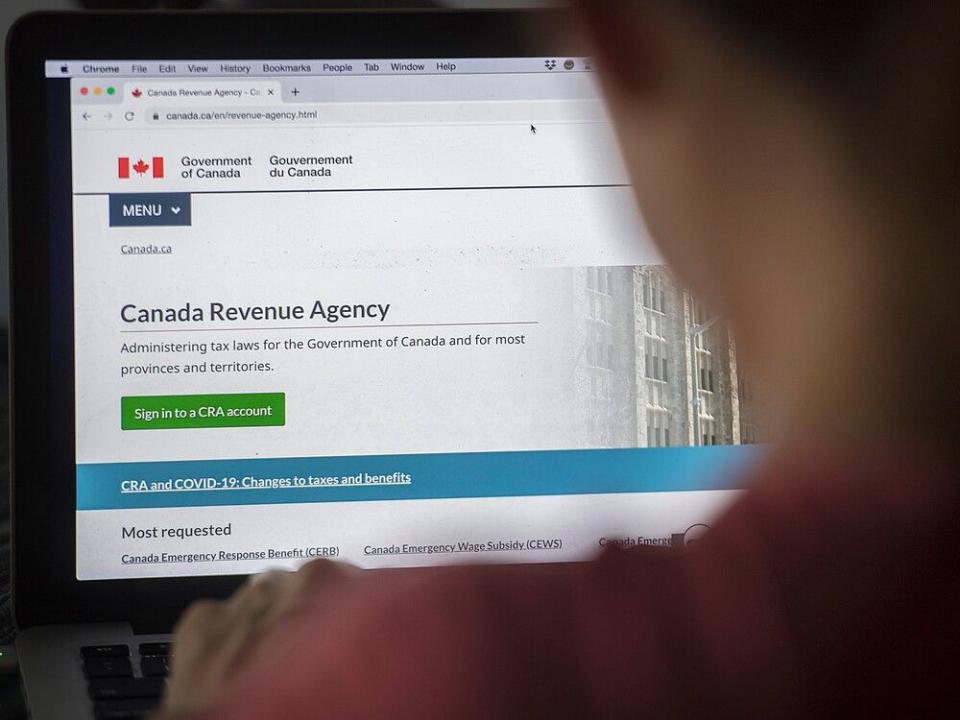Taxpayer takes CRA to court after it dings him for RRSP overcontribution tax due to a bank error

As first-time homebuyers prepare for the launch of the tax-free first home savings account (FHSA) later this year, let’s not forget it may be used in conjunction with the existing Home Buyers’ Plan (HBP) to assist with the purchase of a first home.
Indeed, for many first-time homebuyers, especially those who plan to buy their first home within the next few years, having the ability to tap into existing registered retirement savings plans (RRSPs) via the HBP may be the only way to come up with a sufficient down payment.
But the HBP comes with its own set of rules that could potentially land you in trouble with the taxman if not followed, which is what happened in a recent case. Before delving into the details, let’s review some HBP basics.
The HBP allows a first-time homebuyer to withdraw up to $35,000 from an RRSP to purchase or build a first home without having to pay tax on the withdrawal. Amounts withdrawn under the HBP must be repaid to an RRSP over a period not exceeding 15 years, starting the second year following the year of the withdrawal. Amounts not repaid in a particular year, as required, must be included in income.
In the recent tax case, a taxpayer and his spouse purchased their first home together in 2006, each of them making withdrawals from their respective RRSPs as part of the HBP. In 2012, the taxpayer’s spouse had an outstanding HBP balance of $13,142. In 2013, she went into her local bank branch to make a payment into her RRSP to pay off this HBP balance.
Unfortunately, it seems her bank mistakenly placed this payment into her spousal RRSP account for which the taxpayer (the husband) was the contributor, rather than into her personal RRSP account. She then claimed this $13,142 contribution as an HBP repayment on her 2013 tax return.
The taxpayer also made an RRSP contribution of $13,111 in repayment of his own HBP balance, and claimed that repayment on his return. But because of the alleged bank error, the Canada Revenue Agency took the position that the taxpayer was also the contributor of the $13,142 HBP payment made by his spouse, which resulted in the taxpayer being in an overcontribution situation in 2013.
Fast forward to 2018, when the taxpayer mistakenly contributed an additional $19,000 to his RRSP following a pension buyout. It was this overcontribution that led the CRA to assess a penalty tax, which is equal to one per cent per month for each month the overcontribution (in excess of an allowable $2,000) remains in the RRSP.
The taxpayer testified it was only during a December 2020 phone call with a CRA representative that he learned of the CRA’s position that he had both made an accidental overcontribution in 2018 relating to his pension buyback, and that he still had a $13,142 excess contribution from 2013.
Following this call, the taxpayer realized this situation resulted from what he considered to be a bank error when it processed his spouse’s HBP repayment.

In July 2021, the taxpayer requested the CRA waive this tax. Under the Income Tax Act, the CRA has the discretion to cancel or waive the overcontribution tax when the excess contributions were made because of a reasonable error and the taxpayer took, or was taking, reasonable steps to remove the excess.
The CRA denied the taxpayer’s first request because he did not provide an amended RRSP receipt or a letter from his bank acknowledging the alleged error, and “it was the (taxpayer’s) responsibility to make sure that all contributions were made according to the rules and regulations.”
But the taxpayer was unable to get an amended receipt or bank letter because more than seven years had passed since the time of the HBP repayment, and he was told his bank no longer had records of the transaction.
In May 2022, the taxpayer submitted a second request to waive the tax. In response, the CRA acknowledged the taxpayer’s RRSP excess contributions were not intentional, but, nonetheless, “third-party errors do not normally justify the cancellation of a tax.”
In addition, the CRA claimed the taxpayer was informed of his excess RRSP contributions on his 2017 and 2018 Notices of Assessment (NOAs), and his bank would still have had the required records from 2013 had the taxpayer acted upon this information at that time.
As a result, the CRA again denied the taxpayer’s request for relief, concluding “there were no circumstances beyond the (taxpayer’s) control, such as a natural or human-made disaster, that would permit the cancellation of the penalty,” and it expressed “regret” that its decision “cannot be more favourable.”
The taxpayer appealed the CRA’s second decision to the Federal Court, which heard the case in Toronto on March 6. He argued there was no information in the 2017 and 2018 NOAs that could have alerted him to the CRA’s position that he had made an RRSP overcontribution of $13,142 back in 2013 relating to the HBP repayment.
The judge agreed, saying it was “unclear to me how the (CRA) could have concluded that, simply by alerting the (taxpayer) to the fact that he was in an overcontribution situation, the 2017 and 2018 NOAs were sufficient to put him on notice that CRA considered him to have made (an) overcontribution in 2013 such that he could pursue that subject with (his bank). I consider this reasoning to be lacking in logic and transparency.”
Capital gains tax, more may target high-income earners in budget
CRA's income tax instalment arrears interest to surge on higher rates
CRA generally lets you claim family medical expenses — not this time
The taxpayer had hoped for a court order immediately cancelling the overcontribution tax, but the judge referred the matter back to the CRA to be reconsidered by a different decision-maker. The judge also rejected the taxpayer’s damages claim of $1 for “causing mental illness and stress during the time of the COVID-19 pandemic,” but did award him his out-of-pocket court disbursement costs.
Jamie Golombek, CPA, CA, CFP, CLU, TEP, is the managing director, Tax & Estate Planning with CIBC Private Wealth in Toronto. Jamie.Golombek@cibc.com.
_____________________________________________________________
If you liked this story, sign up for more in the FP Investor newsletter.
_____________________________________________________________

 Yahoo Finance
Yahoo Finance 